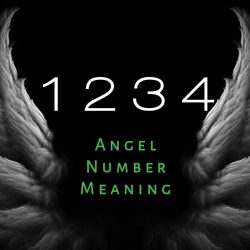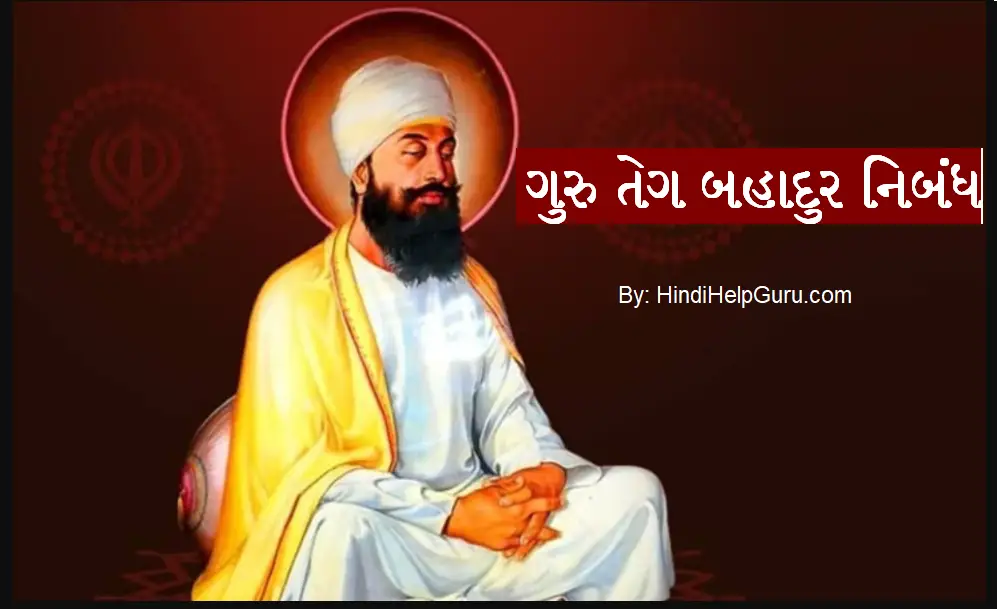Day Of The Dead Meaning, or “Dia de los Muertos” in Spanish, is a vibrant and unique Mexican holiday that celebrates the lives of the departed. This colorful and lively festival is a fusion of indigenous Mesoamerican and Spanish Catholic traditions, creating a rich tapestry of customs, rituals, and symbolism that capture the essence of this special occasion.

Origin and History of Day of the Dead
Day of the Dead has deep historical roots that date back thousands of years. The holiday’s origins can be traced to the Aztec civilization, where the festival was dedicated to the goddess Mictecacihuatl, the “Lady of the Dead.” With the arrival of Spanish conquistadors in the 16th century, indigenous traditions merged with Catholic beliefs, leading to the modern-day celebration that we know today.
Traditional Altars and Ofrendas
At the heart of Day of the Dead are the ofrendas, or altars, that families set up in their homes and at cemeteries. These altars are adorned with marigolds, candles, incense, and the favorite foods and possessions of the deceased. Families gather to remember and honor their loved ones, often staying overnight at the gravesites.
Iconic Symbols and Decorations
Sugar skulls, or “calaveras,” and colorful paper marigolds are ubiquitous symbols of the holiday. These artistic creations are used to decorate altars and as offerings. The vibrant colors and intricate designs of these items represent the celebration of life and the belief that the spirits of the deceased will return to join in the festivities.
Celebration and Festivities
Day of the Dead is a joyous occasion filled with music, dancing, and delicious food. Families come together to share stories about their departed relatives and to celebrate the enduring connection between the living and the dead. It’s a time for laughter, music, and the enjoyment of life.
Day of the Dead Around the World
While the holiday originated in Mexico, its influence has spread to other countries. In the United States, especially in areas with a significant Mexican-American population, Day of the Dead is increasingly celebrated. Countries such as Spain, the Philippines, and Brazil also have their own unique variations of this festive day.
1. Mexico
In Mexico, Day of the Dead is a national holiday, and the celebrations are particularly elaborate. Families flock to cemeteries to clean and decorate graves, and parades featuring giant calavera puppets and traditional dancers take place throughout the country.
Releated : 1212 Angel Number Meaning
2. United States
In the United States, Day of the Dead celebrations are growing in popularity, with events, exhibitions, and parades becoming annual traditions in cities like Los Angeles and San Antonio. It’s a testament to the cultural exchange between Mexico and its northern neighbor.
3. Other Countries
Around the world, communities with Mexican ties or an appreciation for the holiday’s cultural significance embrace and celebrate Day of the Dead. It’s a testament to the holiday’s universal message of remembrance and celebration.
Contemporary Interpretations
Beyond its traditional aspects, Day of the Dead has found its way into contemporary art, cinema, and even fashion. The iconic imagery of sugar skulls and calacas (skeletons) has become a symbol of Mexican culture and a way for artists to explore themes of mortality and the afterlife.
Social and Cultural Significance
Day Of The Dead Meaning serves as a cultural touchstone for Mexicans and Mexican-Americans. It’s a time to connect with one’s heritage, remember loved ones, and celebrate a unique and vibrant tradition that is a source of pride for many.
Comparing Day of the Dead and Halloween
While Day of the Dead and Halloween are both celebrated in late October, they have distinct differences.
Similarities
Both holidays involve costumes and the use of decorative symbols. They also both have elements of remembrance, with Halloween’s roots in the Christian holiday of All Hallows’ Eve.
Differences
Day Of The Dead Meaning is a multi-day celebration that focuses on honoring deceased loved ones and welcoming their spirits back to the living world. Halloween, on the other hand, is often associated with trick-or-treating and a more playful approach to the spooky and supernatural.
FAQs
Q: What is the significance of sugar skulls in Day of the Dead?
A: Sugar skulls are a symbol of the holiday, representing the sweetness of life and the idea that death is just a part of the cycle of existence.
Q: How do people typically honor their deceased loved ones on this day?
A: Families create ofrendas (altars) with their loved ones’ favorite items, share stories, and visit cemeteries to clean and decorate graves.
Q: Can anyone participate in Day of the Dead celebrations?
A: Yes, the celebration is open to all, regardless of one’s cultural background. Many people from different cultures appreciate and join in the festivities.






